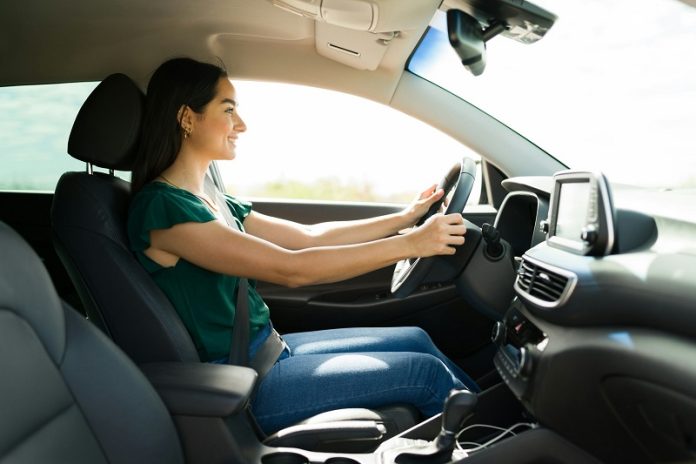
A new study from the University of Pennsylvania’s Perelman School of Medicine has found that turning safe driving into a game can significantly reduce phone use while driving.
By offering points and a chance to compete on a weekly leaderboard, researchers saw a 28% reduction in handheld phone use among drivers.
Impressively, this habit persisted even after the game ended.
The study, published in the Proceedings of the National Academy of Sciences (PNAS), highlights how gamification can make roads safer.
“Distracted driving causes nearly 1 million crashes in the U.S. each year. Interventions like this could help reduce that number,” said lead author Jeffrey Ebert, Ph.D., director of applied behavioral science at the Nudge Unit, part of Penn Medicine’s Center for Health Care Transformation & Innovation.
Previously, Ebert and senior author M. Kit Delgado, MD, MS, found that a mix of feedback and monetary rewards could cut phone use by up to 21%. However, the effect faded over time, and heavy phone users didn’t change their behavior.
This led the researchers to test new strategies that would encourage drivers to build good habits step-by-step.
In this new study, the researchers recruited customers from Progressive Insurance’s voluntary “usage-based insurance (UBI)” program. These customers agreed to use a smartphone app to monitor their driving, including phone use, with the possibility of earning discounts for safe driving.
Participants were randomly assigned to one of four intervention strategies or a control group. All groups received a hands-free phone mount.
The group with the most interventions, including the points game, a share of a prize for earning points, and a leaderboard with added prize money, achieved a 28% reduction in handheld phone use while driving. This reduction remained consistent for up to 65 days after the game ended.
Even in groups without prize money, there was a 21% reduction in phone use, with a lasting decline of 16% after the game ended.
“This shows that many people genuinely want to be safer drivers. The study helped them develop lasting good habits,” Ebert said. “With some tweaks to the feedback and incentive structure, we believe insurance companies can see greater improvements in driver safety—a win-win-win for insurers, their customers, and society.”
The success of this study within an auto insurer’s existing program suggests that these interventions could be quickly scaled up. Behavior-based auto insurance programs are growing rapidly across the U.S. and internationally.
Distracted driving contributes to over 800,000 crashes, 400,000 injuries, and 3,000 deaths annually in the U.S. Cell phone use is linked to 12% of all crashes and increases the odds of a crash ninefold. While 28 states have laws against handheld phone use while driving, these laws are hard to enforce.
Ebert, Delgado, and their team believe that behavioral science interventions like gamification offer a promising solution. “When you give drivers the tools and feedback needed to succeed, they are willing and able to give up risky driving behaviors for little or no money,” Ebert said.
The researchers are now exploring whether these findings can improve other safe driving habits, such as wearing seat belts or driving at safe speeds.
If you care about wellness, please read studies about nutrients that could combat inflammation in older people, and essential foods for healthy aging.
For more health information, please see recent studies about the link between processed foods and chronic diseases, and a simple diet change for a healthier life after 65.



